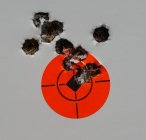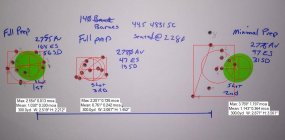Gargoyle
Finder Outer

Really. All you need. I practiced my technique with some junk brass and 5-6 minutes I’m cooking with gas!
Place in flame in same spot, same rotational speed and wait for the flame to change color. A light cherry glow on the neck and you’re golden. Drop on to cookie tray to let cool. Stupid easy. Easiest reloading step I’ve known outside bullet seating.














